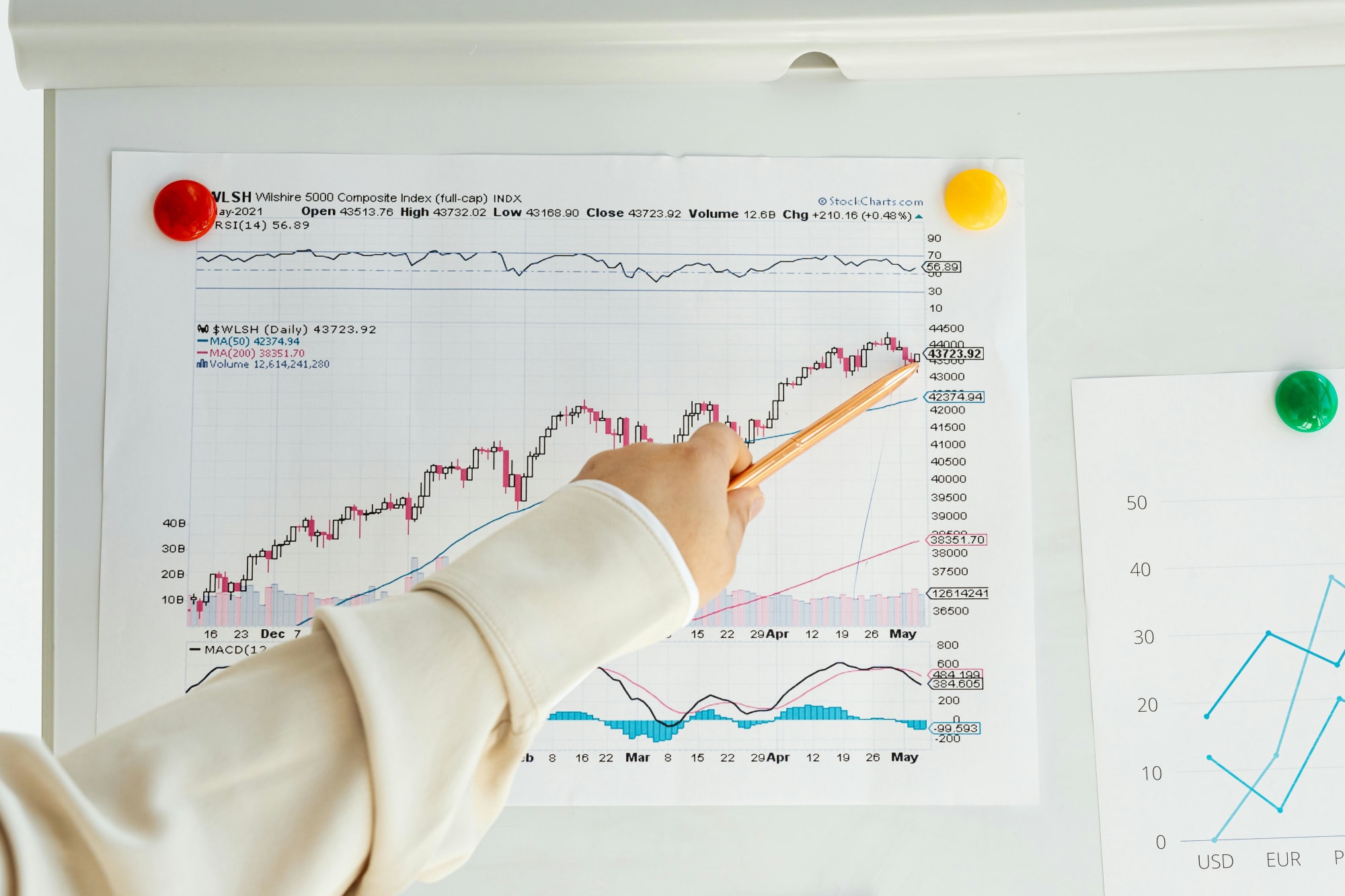Invest
How much will the COVID-19 recovery cost the national government?
The Australian government needs to spend up to $90 billion to get over half a million Australians back into work post-COVID-19, new research has found.
How much will the COVID-19 recovery cost the national government?
The Australian government needs to spend up to $90 billion to get over half a million Australians back into work post-COVID-19, new research has found.

According to The Grattan Institute, a fiscal response of between $70-90 billion will aid Australia in getting its unemployment rate towards the Reserve Bank of Australia’s targeted 5 per cent.
In order to do this, the think tank said the additional stimulus should be focused on social housing spending, shovel-ready maintenance and infrastructure projects, which would get thousands of thousands back into work by the middle of 2022.
“Based on current economic forecasts, returning the economy to full employment will require sizeable fiscal support: in the order of $70-$90 billion in additional stimulus over the next two years, equivalent to around 3 to 4 per cent of GDP,” chief executive John Daley noted.
“Such stimulus should be deployed with an aim to reduce the unemployment rate by about 1.5 percentage points below current forecasts by June 2022. This could mean between 430,000 and 510,000 extra Australians back in work by mid-2022.”

The Grattan Institute also urges the government to expand the JobKeeper payments to include university staff, casual workers and temporary migrants, and extended beyond September for businesses that are still in strife.
“In the short-term, there has been an initial burst of activity as restrictions ease, supported by extensive government payments. But an abrupt withdrawal of government support in a few months’ time would magnify the economic risks,” Mr Daley said.
“If all, or even most, government emergency supports are withdrawn simultaneously in October, it will leave a substantial hole in incomes for households and businesses, and threaten the economic recovery.”
Instead, The Grattan Institute said the government will need to phase out government assistance such as JobKeeper slowly, which will cost an additional $30 billion in 2020-21.
Not only should the government extend the JobKeeper stimulus, it should increase the rate for Australians who are permanently unemployed due to the COVID-19 pandemic.
The permanent rate of JobSeeker should be increased by at least $100 a week, and Commonwealth Rent Assistance should be increased by 40 per cent.
“Australia’s unemployment benefit was inadequate before the crisis; the crisis highlighted its inadequacy. As JobKeeper is phased down from December, the temporary coronavirus supplement paid to unemployed Australians should be extended into 2021,” Mr Daley said.
“After that, as it is phased down gradually, the permanent rate of the JobSeeker payment should rise. The new permanent rate of JobSeeker should also be benchmarked to growth in wages, rather than inflation, to ensure it keeps pace with community living standards.”
Finally, the think tank said Child Care Subsidy should be raised to 95 per cent of costs for low-income households, to cushion the shock to family budgets as parents start paying for childcare again, and to reduce financial barriers for parents taking on more paid work.
“Childcare is crucial to enabling many Australians, particularly women, to engage in paid work. As the free childcare arrangements put in place during the crisis are unwound, a higher Child Care Subsidy should be introduced with a simpler, flatter taper.”
“Under the previous system, childcare costs were still very high by international standards, discouraging secondary earners (usually women) from taking on more paid work,” Mr Daley concluded.
About the author

About the author


Economy
RBA's hawkish stance reflects inflation concerns, State Street economist comments
In a recent statement, the Reserve Bank of Australia (RBA) has signaled a hawkish stance on interest rates, drawing insights from financial experts about the implications for Australia's economic ...Read more

Economy
Navigating the inflation maze: How CFOs can outsmart economic hurdles in Australia
Fresh inflation data have cooled expectations of near-term rate cuts in Australia, intensifying pressure on margins, capital allocation and demand. Rather than wait for monetary relief that may not ...Read more

Economy
Inflation concerns rise as Australia's CPI climbs to 3.8% in October
Australia's latest Consumer Price Index (CPI) figures have sent ripples through the economy, with headline inflation accelerating to 3.8% year-on-year in October, up from 3.6% in September. The data, ...Read more

Economy
October CPI results pose challenges for RBA’s monetary policy stance
In a surprising turn of events, the October Consumer Price Index (CPI) data has raised eyebrows among economists and market strategists, revealing stronger-than-expected inflationary pressures in ...Read more

Economy
Global deal activity declines by 6% amid economic uncertainty, reports GlobalData
In a year characterised by economic turbulence and evolving market conditions, global deal activity has witnessed a notable downturn during the first ten months of 2025. According to GlobalData, a ...Read more

Economy
Australia’s softening labour market puts another RBA cut in play — here’s what business should do now
A four-year high in unemployment has revived expectations the Reserve Bank could deliver another rate cut as soon as November. With quarterly GDP growth running at 0.6 per cent and annual growth at ...Read more

Economy
Rising CPI reinforces RBA’s stance as rate cut expectations remain: State Street
State Street Global Advisors says the Reserve Bank of Australia (RBA) is likely to hold its current policy outlook following the release of September quarter inflation data, which showed an unexpected ...Read more

Economy
NSW SES boosts tsunami preparedness ahead of World Tsunami Awareness Day
As World Tsunami Awareness Day approaches on 5 November, the New South Wales State Emergency Service (NSW SES) is ramping up efforts to enhance tsunami preparedness along the east coastRead more

Economy
RBA's hawkish stance reflects inflation concerns, State Street economist comments
In a recent statement, the Reserve Bank of Australia (RBA) has signaled a hawkish stance on interest rates, drawing insights from financial experts about the implications for Australia's economic ...Read more

Economy
Navigating the inflation maze: How CFOs can outsmart economic hurdles in Australia
Fresh inflation data have cooled expectations of near-term rate cuts in Australia, intensifying pressure on margins, capital allocation and demand. Rather than wait for monetary relief that may not ...Read more

Economy
Inflation concerns rise as Australia's CPI climbs to 3.8% in October
Australia's latest Consumer Price Index (CPI) figures have sent ripples through the economy, with headline inflation accelerating to 3.8% year-on-year in October, up from 3.6% in September. The data, ...Read more

Economy
October CPI results pose challenges for RBA’s monetary policy stance
In a surprising turn of events, the October Consumer Price Index (CPI) data has raised eyebrows among economists and market strategists, revealing stronger-than-expected inflationary pressures in ...Read more

Economy
Global deal activity declines by 6% amid economic uncertainty, reports GlobalData
In a year characterised by economic turbulence and evolving market conditions, global deal activity has witnessed a notable downturn during the first ten months of 2025. According to GlobalData, a ...Read more

Economy
Australia’s softening labour market puts another RBA cut in play — here’s what business should do now
A four-year high in unemployment has revived expectations the Reserve Bank could deliver another rate cut as soon as November. With quarterly GDP growth running at 0.6 per cent and annual growth at ...Read more

Economy
Rising CPI reinforces RBA’s stance as rate cut expectations remain: State Street
State Street Global Advisors says the Reserve Bank of Australia (RBA) is likely to hold its current policy outlook following the release of September quarter inflation data, which showed an unexpected ...Read more

Economy
NSW SES boosts tsunami preparedness ahead of World Tsunami Awareness Day
As World Tsunami Awareness Day approaches on 5 November, the New South Wales State Emergency Service (NSW SES) is ramping up efforts to enhance tsunami preparedness along the east coastRead more








